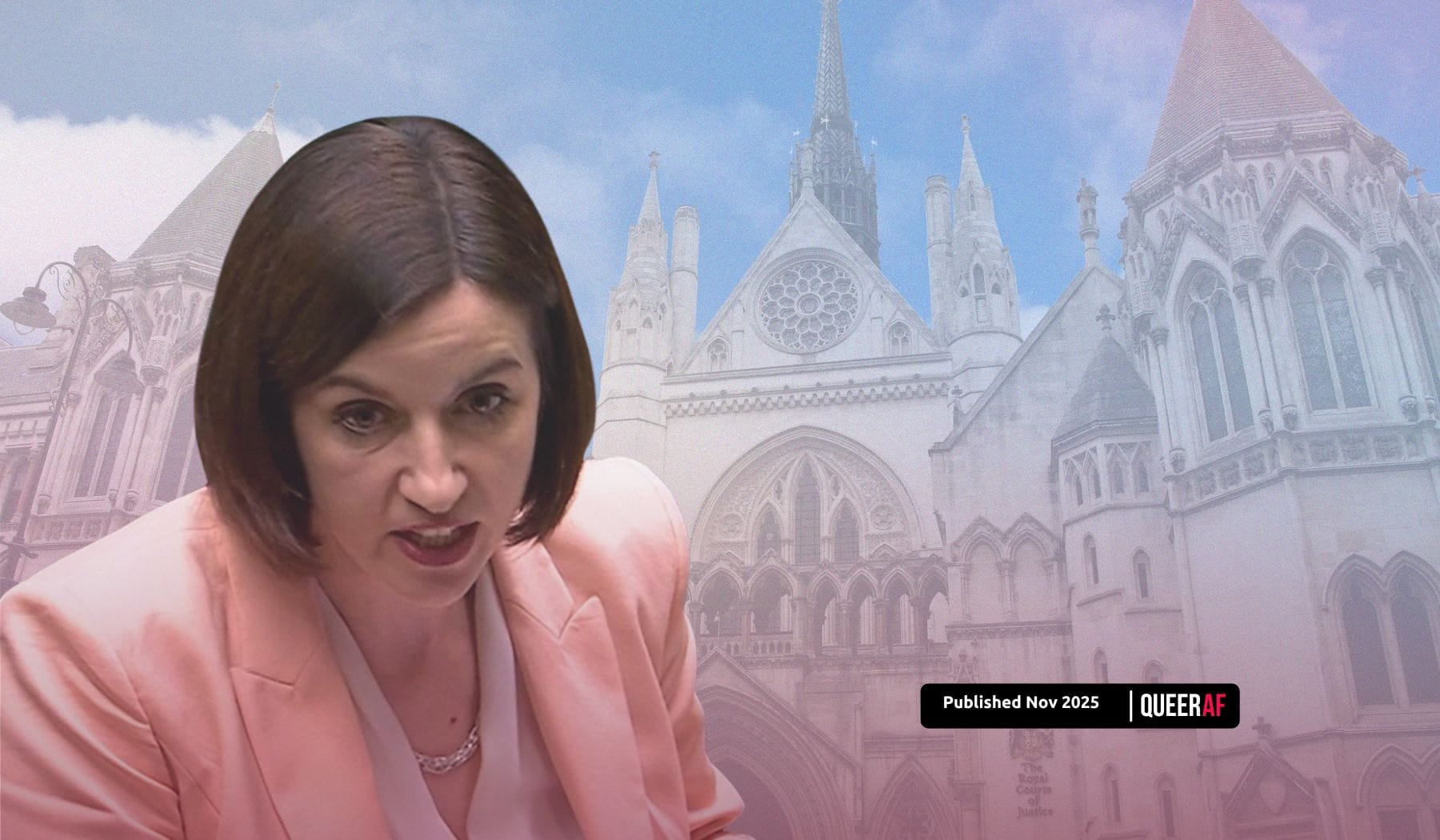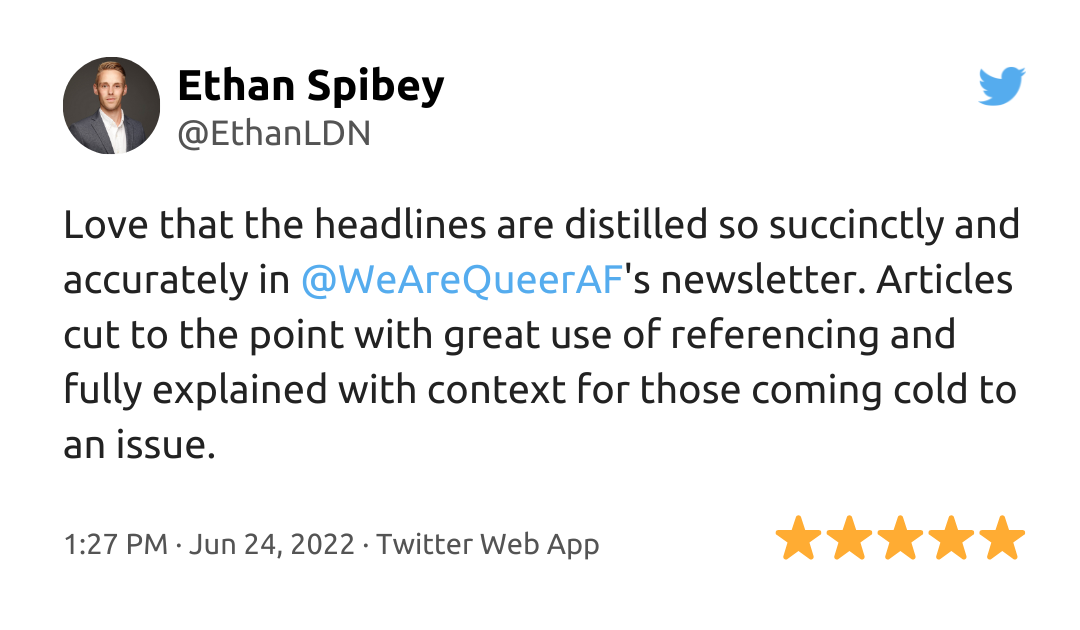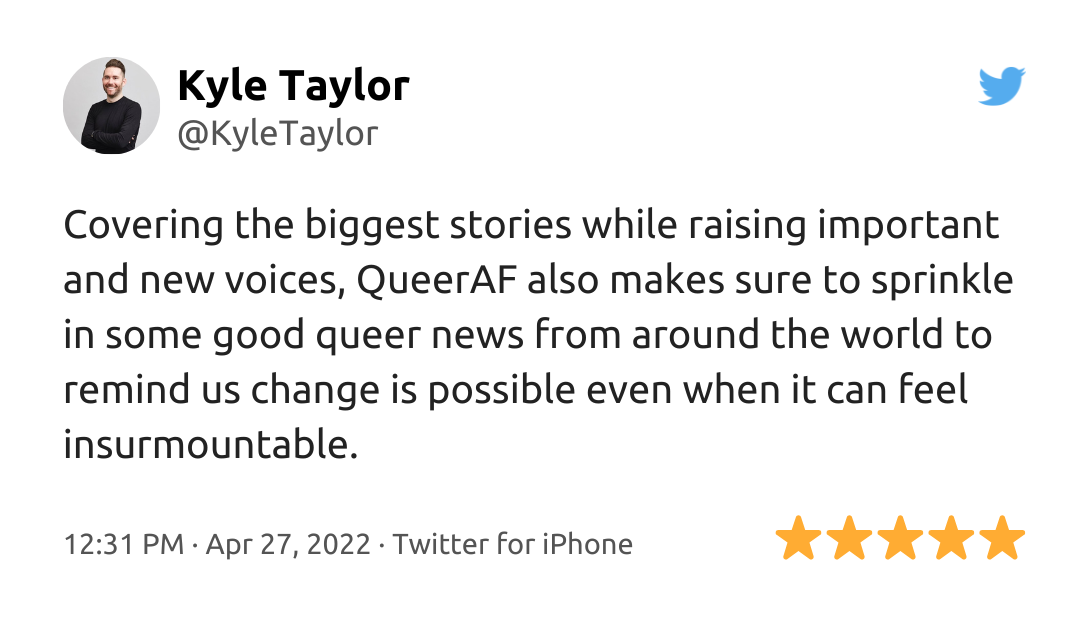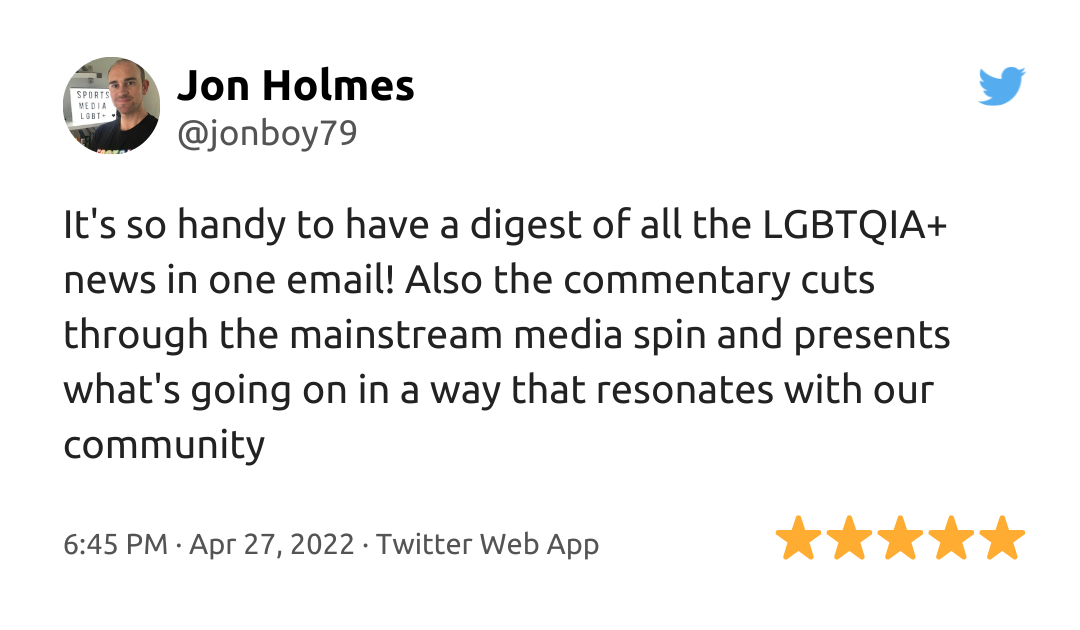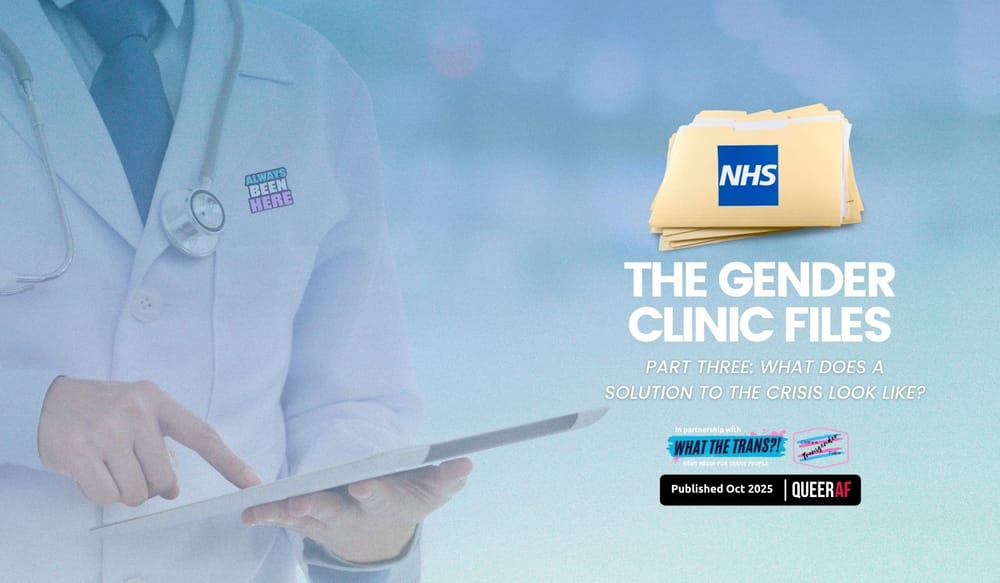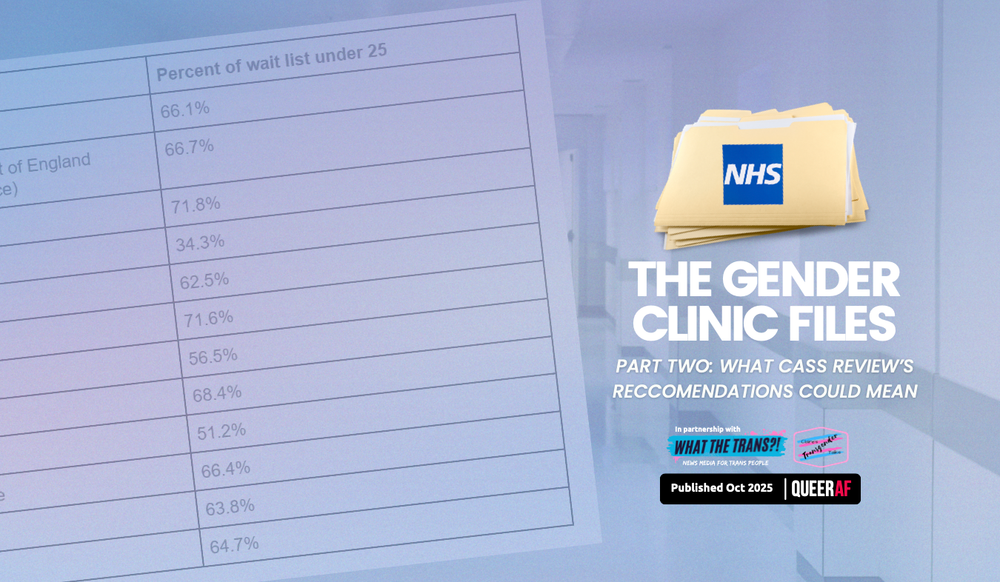TL;DR: Equalities Minister Bridget Phillipson has questioned the logic of arguments by the equality watchdog that Trans+ people should be segregated from single-sex spaces, in High Court submissions that saw advocacy group the Good Law Project brand the watchdog’s ‘interim update’ as “rushed”, “overly simplistic” and “transphobic”.
The EHRC was irresponsible in rushing out "overly simplistic" and "transphobic guidance", the High Court has heard this week, as the Equalities Minister indicated that she too questioned the Equality Watchdog's interpretation of the Supreme Court ruling.
The High Court has been hearing the Good Law Project's judicial review of the EHRC's 'interim update' on the Supreme Court ruling from April, which reexamined on the meaning of 'woman' under the Equality Act. The hearing is a blow to the watchdog’s reputation, which faced criticism from several angles.
In stark testimony, the court was told the watchdog's 'interim update' that instructed organisations to segregate Trans+ people based on the For Women Scotland ruling in the Supreme Court was written in under 24 hours.
It also heard how the Minister for Equalities was given no sight of the interim guidance before it was published, despite it being a government duty to approve any new codes of practice.
The update, which many organisations followed to implement transgender toilet bans, was later withdrawn. The watchdog walked back on calling it guidance, saying instead it was just “some observations – brief and high level”.
Jess O'Thomson, Good Law Project's Trans Rights lead, told QueerAF that the case shows "just how irresponsibly the EHRC have acted, rushing out incorrect, transphobic guidance which encouraged people to break the law."
O'Thomson said it was "frankly astonishing" the Minister had no sight of the interim guidance before it was published, adding "she also seems to agree [the EHRC's] legal analysis is flawed."
"It's time for the EHRC to get back to its job of protecting human rights, rather than pushing for trans people's rights to be stripped away."
What did the Equalities Minister say in the court submission?
In her submission to the court, the Equalities Minister Bridget Phillipson questioned the logic of the arguments that the EHRC used to defend its advice, which has led to many organisations segregating Trans+ people from single sex spaces.
In a detailed argument, she questioned the validity of the EHRC's stance that if you have to let Trans+ people use single-sex spaces, you'd have to let cisgender men use the women's toilets, as they'd no longer be single-sex spaces. The regulator stated that this could lead to discrimination claims from men who wish to use women's spaces.
However, the Minister questioned this logic, saying that in several common-sense exemptions, this already occurred.
From mums bringing their boys into changing rooms, to pregnant women using the men’s loos at the theatre, Phillipson said that there were already exemptions to these spaces, and if those could be facilitated, then the EHRC's argument that Trans+ people using those spaces would break a 'service test' didn't hold up.
She also sets out that the EHRC’s “trans-exclusive interpretation” relies on the existence of a “service test” and that allowing a trans person to use a single sex space in accordance with their gender identity would result in that test being failed. However, she points out that this particular ‘test’ is not defined by the watchdog, and doesn't exist in the Equality Act.
Analysis: When happens next for a 'regulator gone rogue'?
The case is being fought on behalf of three Trans+ people, who say they've been discriminated against because their organisations followed the EHRC's update. The Good Law Project argues that their right to privacy has been infringed - they say that having to stop using a toilet that matches their gender, and instead use a third space, outs them to their colleagues and strips them of their privacy.
If the judge rules that the EHRC acted wrongly in publishing its 'interim update', it could have grave consequences for any organisation that has already implemented Trans+ segregation, which could be found to have broken the law.
Still, even if the High Court finds that the publication of the update itself was lawful, part of the judicial review requests that the EHRC's advice be deemed no longer compliant with its obligations under the European Convention on Human Rights. If this happens, it opens a stronger route to challenging the judgment in Strasbourg.
The Good Law Project has said it expects a written judgment before Christmas, but is unable to predict an exact date. But this isn't the only hurdle the watchdog needs to overcome. It's also facing challenges over its use of AI, rebukes from the government on the way it's gone about drawing up this code of practice, and even international challenges.
One question is increasingly being asked in the halls of Westminster: is this a regulator that has gone rogue?

To beat misinformation we need a well resourced queer led newsroom that can cut through the noise and get to the facts.
Our publisher is small, but mighty, and that's because of some key principles in the way we produce news for you:
- This newsletter always has been, and always will be, free of adverts. That keeps us focused on what counts, not what drives clicks
- Readers and members drive our news agenda, because that's what our community deserves: news told both by and for us
- Investing in a new generation of queer journalists, and packing the media full of us, is the best way to address the issue in the sector. Meanwhile, we'll model the change we want to see and prove it's possible to do justice to our community's stories
Journalism is an expensive craft. It takes all week to put together this newsletter, so you can catch up on the queer world in five minutes. And we do that alongside mentoring creatives and lobbying the media sector.
If you believe in our unique model and the change we're bringing to the queer news sector, please upgrade today if you can - and help us continue to grow.
Help us change the media, so we can change the country.

